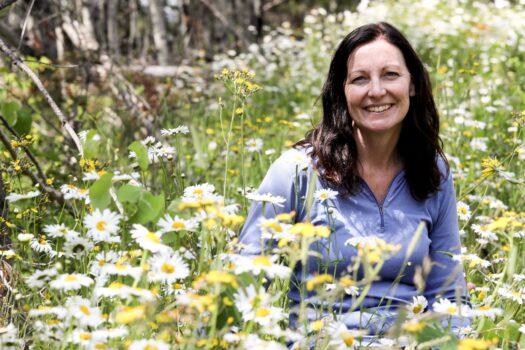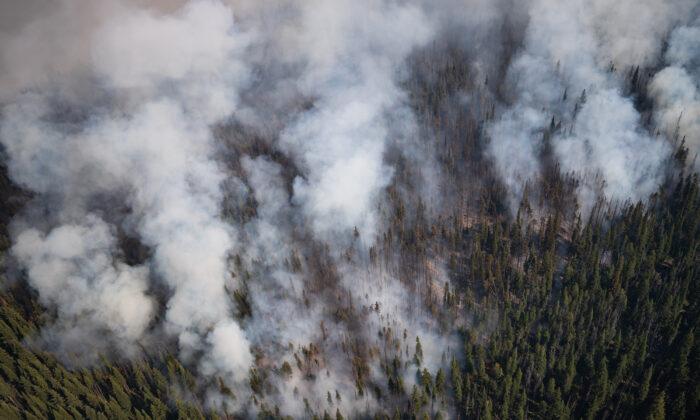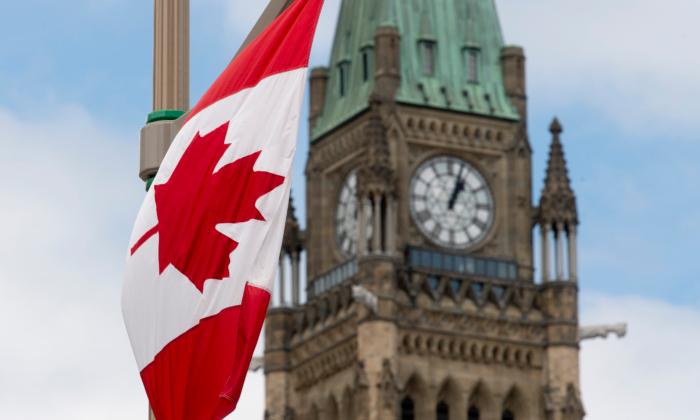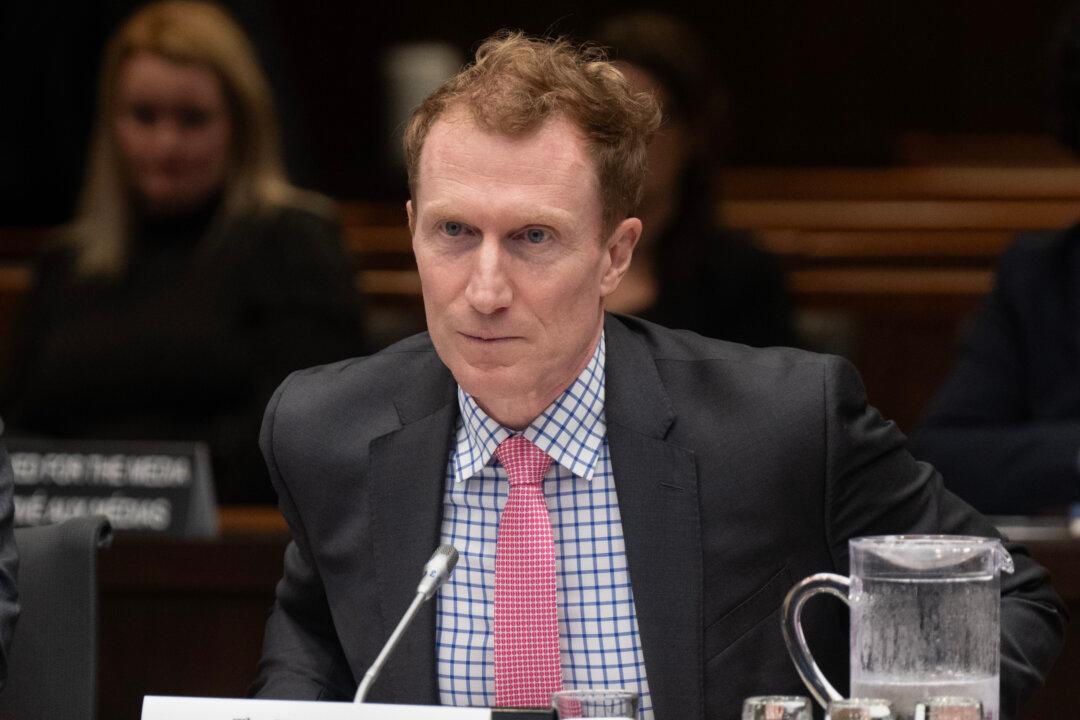The B.C. government needs to rethink how it manages the province’s forests and adapt its approach to fires, including prioritizing the use of prescribed burning, to reduce the severity of ever-worsening wildfires, says a forestry scientist.
“Our old policy was always to put out every fire, thinking fire was only bad, that all it did was damage,” said Lori Daniels, a forestry professor at the University of British Columbia’s Department of Forest & Conservation Sciences.
“So for many decades, we were very successful at detecting and suppressing all fires, and that had an impact on the forests that make them more susceptible to fire today.”
Daniels told The Epoch Times that wildfires are an important part of how forests and ecosystems function, and in the past, low-intensity surface fires in remote areas would be allowed to burn, removing fuel without “killing the big trees” while at the same time stimulating growth.
But the long-term, widespread use of fire suppression has led to the accumulation of dead and burnable material, making forests denser and creating more biomass to burn when a wildfire ignites.
“So now when the fires start in those forests, it’s no longer a low-intensity surface fire, but it can quickly become a higher-intensity crown fire that does much more damage to the trees,” she said.
A policy of allowing managed wildfires was implemented in B.C. only around 10 years ago, Daniels said, and the use of prescribed burning to reduce fuel loads in dry forests began after the devastating fires in the Kelowna region in 2003, but it is far from reaching the necessary scale.
“My constructive criticism is we’re not doing it fast enough. There’s hundreds of thousands of hectares that need to be treated,” she said.
“It’s expensive to do it, but we have not really invested the degree of funding that is needed to address this problem at the landscape level, nor to support all of the communities that would like to be addressing this problem.”
B.C. had some of the most catastrophic forest fires in its recorded history over the last 18 years. The 2003 Okanagan Mountain Park fires burned more than 25,000 hectares, forcing over 33,000 people from the Naramata and Kelowna communities to evacuate, according to the BC Wildfire Service. Over 230 homes were lost or damaged.
In 2017, over 1.2 million hectares of forests were burned across the province, and roughly 65,000 people evacuated.
This year, 767,302 hectares have burned since April, with 268 fires still burning as of Aug. 16.

In the wake of the 2003 and 2017 wildfires, the B.C. government commissioned independent reviews to examine the causes and make recommendations to prevent such catastrophic events from happening again.
The Filmon Report in 2004 and the Abbott/Chapman Report in 2018 outlined steps to create an integrated forest and fire management policy to reduce the threat to B.C. communities. The 2018 report led to an increase in wildfire management funding by 58 percent as well as other changes, including improved integration in aviation and increased use of technology.
But Daniels says much more is needed. “We have a lot of work to do—we’re behind the eight ball on this one.”
Daniels isn’t the only one raising the concerns. In July, more than 30 forest and environmental experts from B.C. and the United States released a paper reminding governments of the urgent need to implement effective wildfire reduction strategies.
Recommendations include “forest thinning, prescribed burning, tree planting (deciduous and conifer), rehabilitation and restoration work, as well as developing strategies to deal with the immense quantities of fuel that need to be removed from our forests in ecologically sustainable ways.”
“If our investments in fuel treatments fall short of treating a high enough percentage of fire-prone landscapes, we are not likely to have enough of an impact given the scale and severity of wildfires to reduce negative consequences,” the paper states.
Daniels said there is a need to reintroduce biodiversity into forests in areas that have been logged to build up their resilience against wildfire.
“We have a very intensive focus in British Columbia on needle leaf trees only, and that’s because it’s the needle leaf trees—the pines, the spruce, and the fir—that we use for timber products,” she said.
But when broadleaf trees—which are more resistant to fire—are removed to make space for needle leaf trees, it makes forests more vulnerable to fire.
“So for forest management, we need transformative change. We need to stop tinkering within the current system,” she said.
“We need to focus on resilience, not timber products or other forest products. … Because if we don’t find a way to make our forests more resilient to drought, to insects, to pathogens, to fire, there will be no sustainable forest products into the future.”





